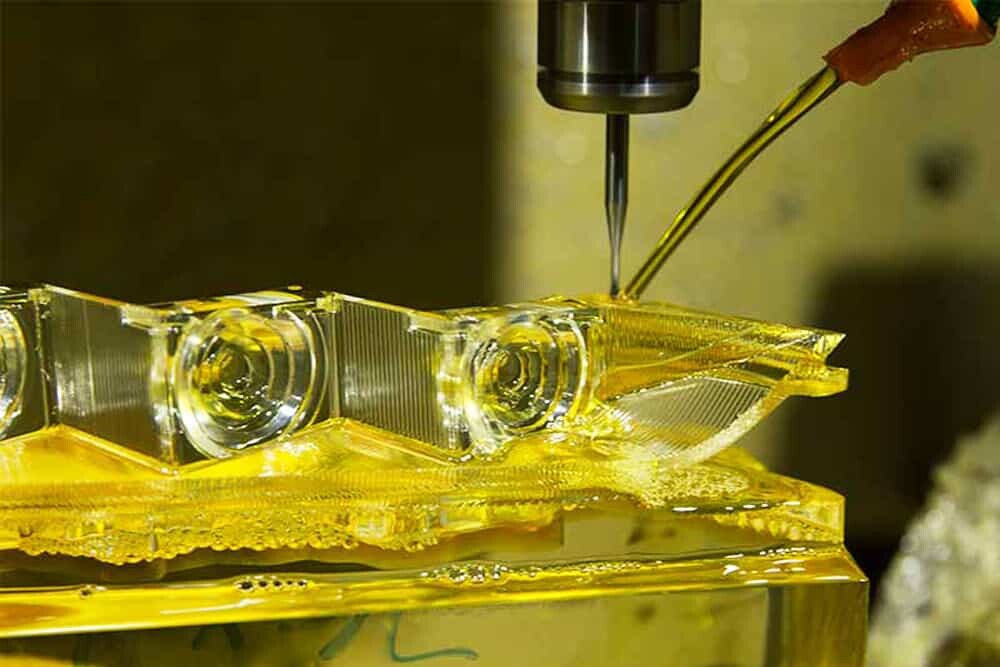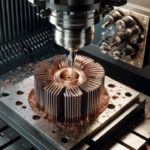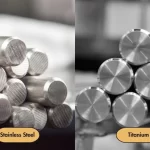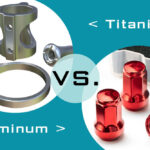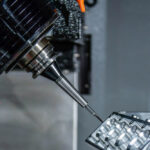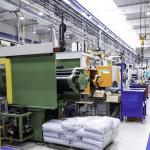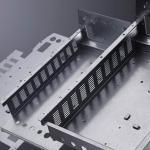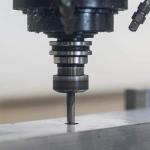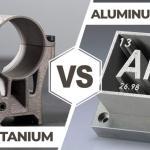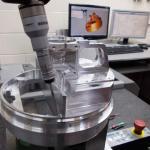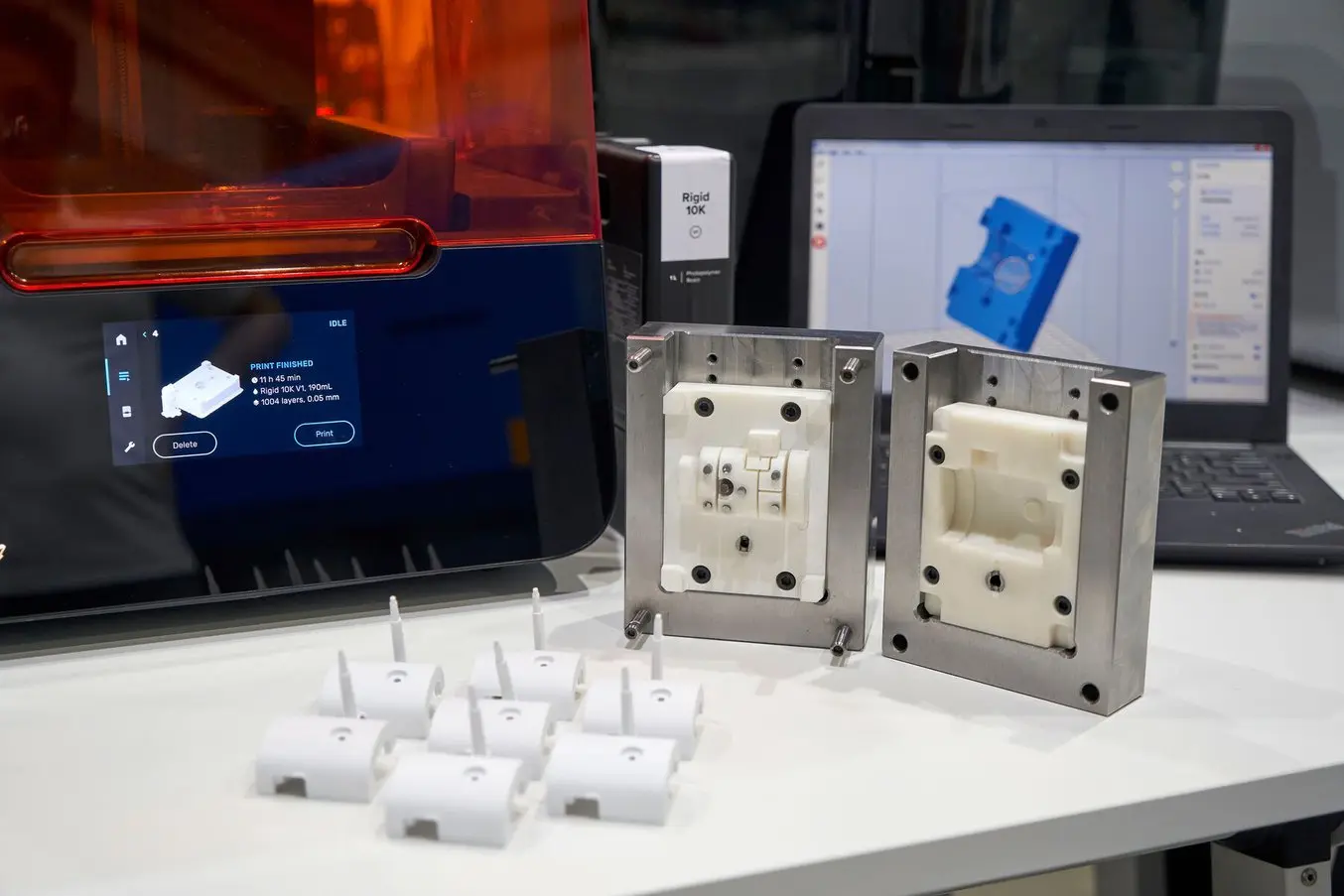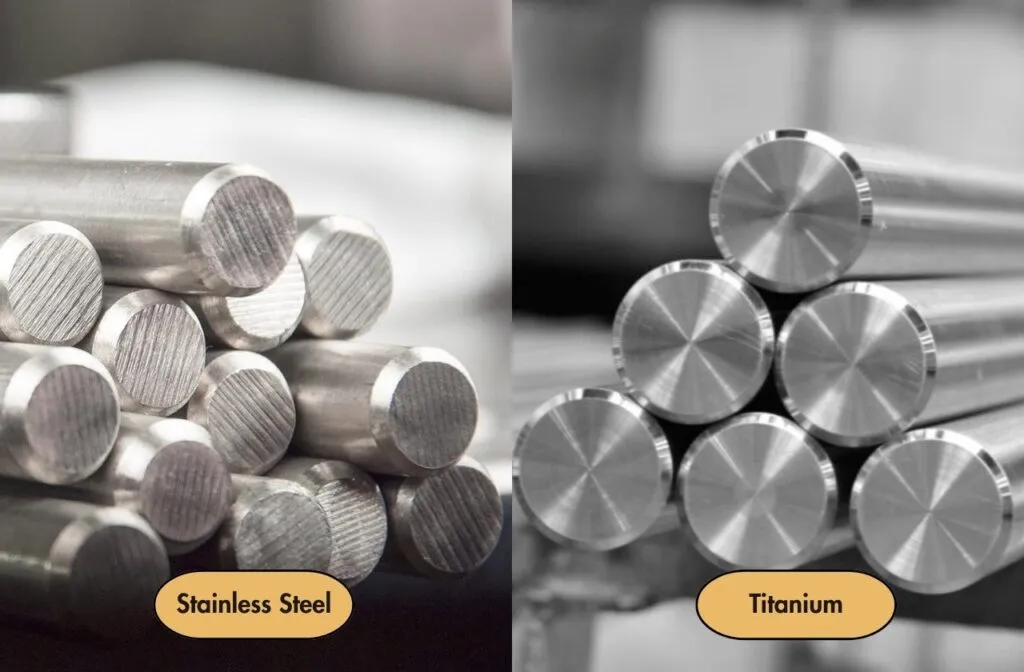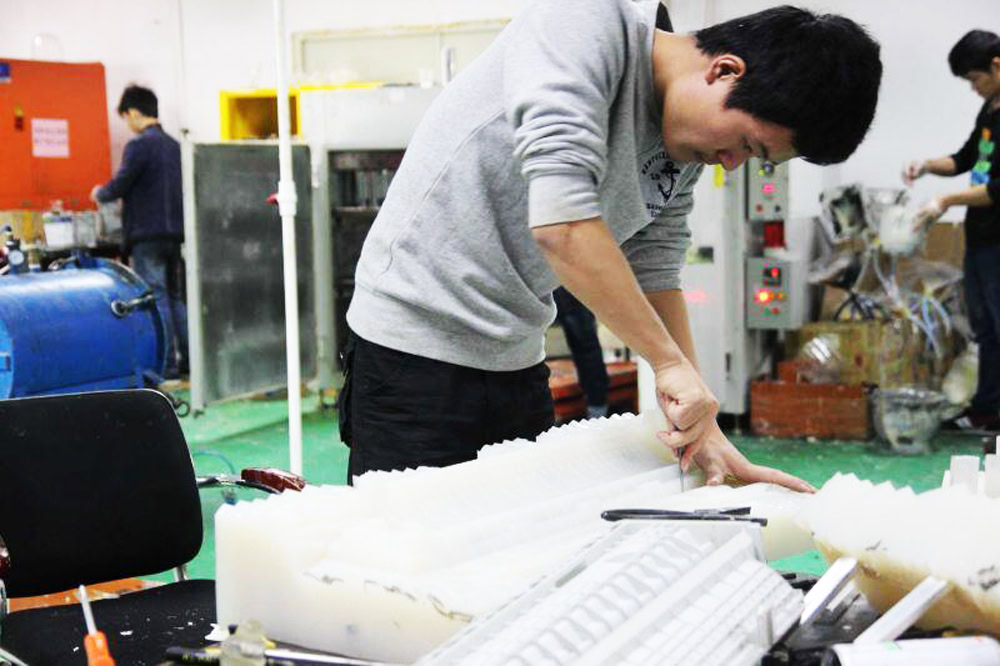For many years, AN-Prototype has been focusing on CNC machining magnesium parts service. We primarily manufacture rapid prototypes, custom parts and small to medium batches. We can provide 3-axis, 4-axis, 5-axis and CNC turning machining. All operations are performed in-house in our state-of-the-art machine shop. Once machined, we can measure/document the part and provide a 100% full size report, with a variety of surface finish options available.
Table of Contents
Togglewhat is magnesium?
Magnesium is the ninth most abundant element in the universe, the fourth most common element on Earth, and the third most commonly used metal (after iron and aluminum). The main attraction of magnesium is that it is the lightest metal. Magnesium and its alloys are as light as engineering plastics but as tough as metals. When alloyed, magnesium’s strength-to-weight ratio exceeds all other metals. This gives magnesium a tensile strength comparable to steel and aluminum, as well as helping to reduce weight.
Magnesium’s popularity in manufacturing dates back to World War I, when it was used to make aerospace components. In the ensuing decades, magnesium became increasingly common in the automotive, aerospace and medical industries. In the past ten years, its use in new energy auto parts, chemical industry, photographic equipment, audio equipment, 3C products, robots and other fields has continued to grow. Magnesium’s natural properties and the benefits it offers customers make it an attractive option for CNC machining.
Benefits of CNC Machining Magnesium
Compared with other metals, magnesium is also very easy to process, and the commonly used processes are: sawing, punching, drilling, milling, turning, etc. The cutting forces and overall manufacturing time required to CNC machine magnesium are significantly lower compared to other metals. Magnesium has high machinability and can be CNC machined to create custom parts with high strength and excellent corrosion resistance.
The short chips produced during CNC machining of magnesium not only result in an excellent surface finish, but chip breakage is uniform and consistent, making it easier and more precise to machine than other metals. Using magnesium also requires less power than other metals (for example, about 55% less than aluminum alloys) and puts less wear on cutting tools, extending their life. Perhaps most importantly, the savings achieved through reduced power consumption and increased tool life, combined with savings from magnesium’s high machining speeds and high feed rates, reduces overall machining time and lowers CNC machining costs.
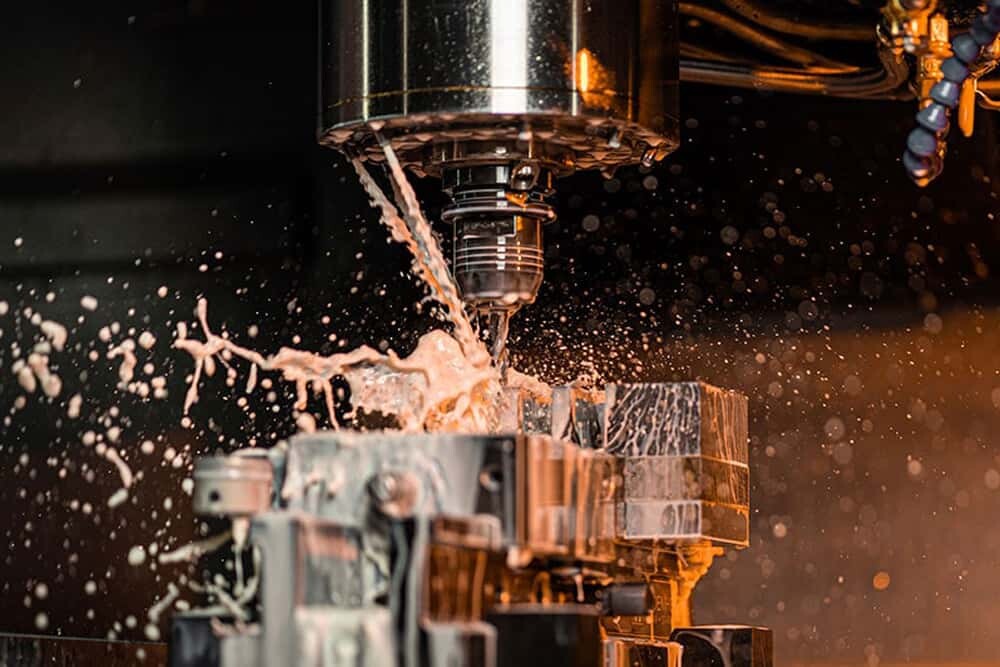
CNC milling is the use of a computer-controlled system combined with a cutting tool, or milling cutter, to cut material from a solid block to create parts made of materials such as metal, plastic, wood, and fiberglass.

CNC turning is when a rod of material is held in a chuck and rotated while a tool is fed into the workpiece and removes material to create the part in the desired shape. CNC turned parts are mostly circular features.

CNC Drilling
CNC drilling is a machining process that uses a rotating cutting tool to create a round hole in a workpiece. These holes are usually to accommodate screws or bolts for assembly purposes.

CNC Tapping
CNC tapping is the process of creating threads on a part. It must be drilled with a tap and threaded in the hole while chamfering the end so that the screw or bolt can be screwed into the hole.
Risks of CNC Machining Magnesium
CNC machining magnesium is risky and can cause a fire or explosion if proper precautions are not taken. This poses a danger for CNC machinists: because the chips and dust produced by CNC machining magnesium are highly flammable. Without proper care and preparation, CNC machining magnesium can become a serious safety risk. In 2018, for example, a fire broke out at a plant in Michigan that makes magnesium parts. Despite the severity of the incident and news reports, firefighters had to wait for the fire to die down naturally, as water was not able to extinguish the magnesium-fueled blaze.
It is worth mentioning that fire extinguishers are an essential part of any CNC machining magnesium shop. For magnesium fires, you’ll need a Class D extinguisher designed specifically for metal fires, which usually contains an extinguishing agent such as sodium chloride or copper powder. Additionally, a bucket of sand can be used to extinguish metal fires.
Next, we look at best practices for safe CNC machining magnesium and other flammable metals. It discusses proper chip removal, preventative measures and other tips for reducing the risk of fire in a machine shop.
Best Practices for CNC Machinists Magnesium
Magnesium sounds very dangerous, but CNC precision machining is a versatile process for safely manufacturing magnesium parts if the necessary precautions are taken. The following are best practices for safe CNC machining magnesium.
Keeping Tools Sharp
Using sharp cutting tools for magnesium CNC machining helps mitigate the danger, as blunt tools cause extreme heat. Therefore, it may ignite magnesium chips in CNC machining operations. Carbide tools retain their hardness and are less likely to spark when machining magnesium at higher temperatures.
- High Speed Steel Tools
High-speed steel knives are made of hardened steel alloys and are ideal for machining applications with less demand and low-to-medium manufacturing scales. Moreover, high-speed steel cutting tools are inexpensive and also suitable for the low cutting speeds required for cutting magnesium.
- Solid Carbide Tool
Solid carbide end mills, reamers and drills are ideal for demanding magnesium alloy machining applications due to their excellent wear resistance and good heat resistance due to their high heat resistance and high hardness.
- Coated Carbide Cutting Tools
Thin coatings of cutting tools with special coatings such as titanium aluminum nitride (TiAlN) or titanium nitride (TiN) enhance their wear resistance and reduce built-up edge formation when CNC machining magnesium.
- Polycrystalline Diamond Tools
Polycrystalline diamond tools have excellent wear resistance and are ideal for manufacturing magnesium parts with a high quality surface finish.
Avoid too small a clearance angle
It is recommended to avoid too small a clearance angle during CNC machining of magnesium, because a small clearance angle will form long, complete chips during machining, which can easily entangle the rotating cutting tool. This can lead to high heat build-up, creating a fire hazard due to the flammability of magnesium alloys.
Avoid Continuous Chips
Check the size and type of chips generated during CNC machining of magnesium in time. As a best rule of thumb, discontinuous chips help to efficiently dissipate heat from the cutting tool and workpiece surface, reducing the risk of fire. Discontinuous chips with large depths of cut can be obtained at low feed rates and moderate to high cutting speeds.
Use mineral oil coolant
You must use mineral oil coolant during CNC machining of magnesium. These coolants mitigate fire and explosion risks and improve the surface quality of magnesium machined parts. However, it is not recommended to use water-based coolants when machining magnesium. These water-based coolants may react with magnesium to produce highly flammable hydrogen gas.
Use an Explosion-Proof Vacuum to Dispose of Chips
Discontinuous magnesium chips generated during CNC machining can still be dangerous even if the machining parameters required to produce discontinuous chips are observed. Professional CNC machining workshops must use explosion-proof vacuum systems and aspirators in a timely manner to safely remove magnesium chips and dust from CNC machine tools.
Conclusion
AN-Prototype is a trusted rapid manufacturing company with extensive experience in custom machining solutions. Our engineers have 15+ years of experience in processing magnesium alloys, titanium alloys, aluminum and other metal and engineering plastic materials. Whether you are in the aerospace, electronics, military, medical, agriculture, lighting or automation industries, AN-Prototype can provide high-quality custom CNC machining solutions to meet the unique needs of your project.
Are you interested in learning more about CNC machining of magnesium or other materials? Feel free to contact us any time. Our expert team is always ready to help.
